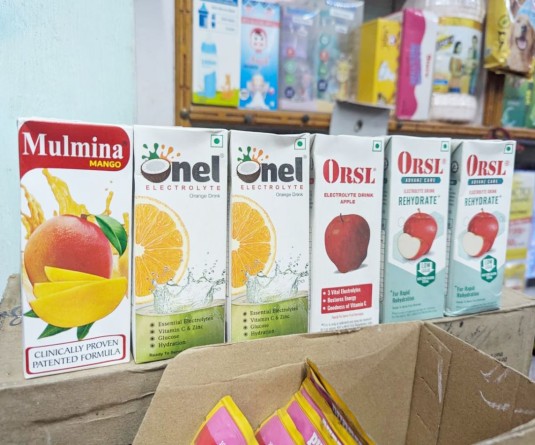
Morung Express News
Kohima | April 25
The Kohima Chamber of Commerce and Industry (KCCI) has introduced a Smart Card and a digital database for the traders community in Kohima, a first ever initiative in Nagaland, with an objective to develop a database of the traders in Kohima which will in turn provide better customer services.
Holding a press conference on April 25, the KCCI launched its digital database and issuance of Smart Card, where they also stated that since it never had any proper database of its registered members, it was felt necessary to undertake the task of maintaining a digital database.
“The digital database will be beneficial for the chamber and the government for statistical data and digitalizing Kohima city to be a smart city,” mentioned the KCCI.
The Smart Card which is a key component for the digital database has been issued to all registered traders under KCCI.
While there are 3200 registered under KCCI, only 1300 have applied for the Smart Card. Therefore the KCCI has requested the registered traders to apply for the Smart Card.
A contactless Milfare smart has been in which each card has an embedded Unique Identity Number (UIN) which is related directly to the registered trader's account in the digital database. The KCCI informed that the UIN cannot be replicated and the same will be used to access the registered trader's account and data as and when required. The Smart Card has been printed and issued as an official KCCI identity card for the registered traders under KCCI.
The smart card which has an embedded microchip contains the personal identification, authentication, data storage, application processing, which can be used as a reference ID by any financial institution.
The KCCI mentioned that all the registered traders/members have been made to submit relevant documents vide official format and the same on being vetted by the KCCI has been entered into the digital database.
The introduction of the Smart Card which accepts only trade license holders has also helped the KCCI to identify real traders and also identify the numbers of locals and non-locals in the trade community.




